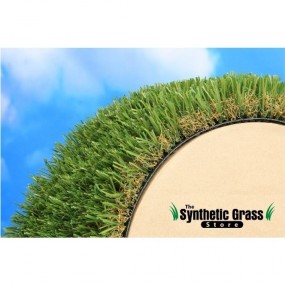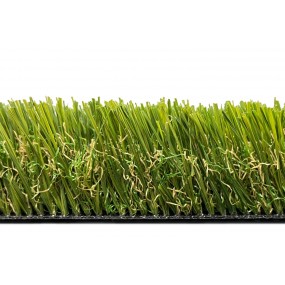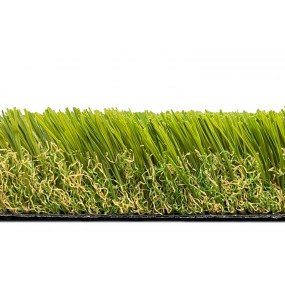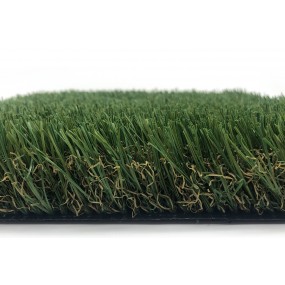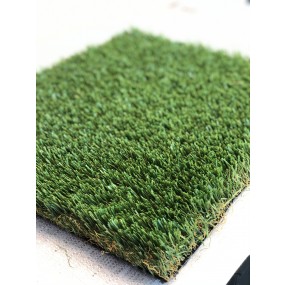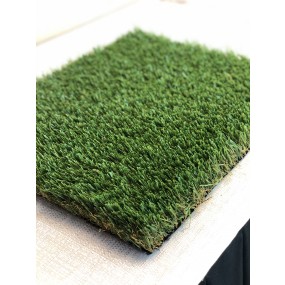Cost of Real Grass
-
Demo/Site Prep $1,060.00
Eliminate 3"-4" of topsoil, rock, old sod, and weeds.
-
1,000 SQFT Sod Install $2,250.00
Midiron sod, sod mix, delivery, install
-
Irrigation $750.00
$500 to $1,000 for an additional zone of irrigation
-
Maintenance $15,300.00
$85.00/month for watering, mowing, weed control, fertilizer, and re-seeding. We then multiple that $85.00 by 180 months, representing 15 years of maintenance.
Real Grass Cost Over 15 Years
$
0
Real Grass Cost Per SQFT Over 10 Years
$
19.36
vs.
Cost of Artificial Grass
-
Demo/Site Prep $2,750.00
Eliminate 5" of topsoil, rock, old sod, and weeds.
-
1,000 SQFT of Turf $8,500.00
Artificial Turf, 1/4" Minus Base, Silica Sand, Weed Fabric, Nail Fasteners, Install
-
Maintenance $1,800.00
$10.00/month for cleaning it off each month. We then multiple that $10.00 by 180 months, representing 15 years of maintenance.
Artificial Grass Cost Over 15 Years
$
0
Artificial Grass Cost Per SQFT Over 15 Years
$
13.05

